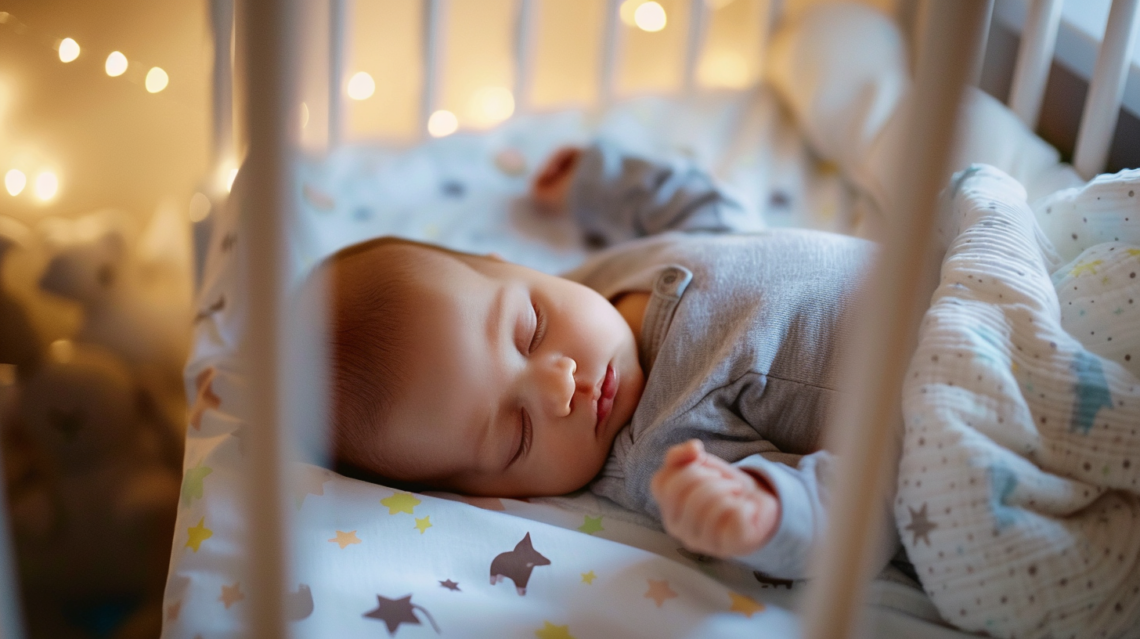
Safe Sleep Week
Safe Sleep Week is a critical observance aimed at raising awareness about the importance of creating a safe sleeping environment for infants, thereby reducing the risk of Sudden Infant Death Syndrome (SIDS) and other sleep-related deaths. The emphasis on safe nursery setups is not just about fostering a conducive sleep environment but also about ensuring the overall health and safety of babies during the most vulnerable phase of their lives. In Canada, as in many parts of the world, health professionals and child welfare organisations champion the cause of Safe Sleep Week to educate parents and caregivers about the best practices in infant care.
A safe nursery setup is paramount for several reasons, most notably its role in preventing SIDS, which remains a leading cause of death among infants aged one month to one year. Despite extensive research, the exact causes of SIDS remain elusive, prompting health experts to focus on environmental factors and sleep practices that can significantly mitigate the risk. The foundation of a safe sleep environment rests on a few key principles: the baby should sleep on a firm, flat surface; the crib should be free of loose bedding, pillows, and plush toys; the baby should sleep in the same room as the parents but on a separate surface designed for infants, and maintaining a smoke-free environment.
Long, undisturbed sleep is crucial for the developmental growth of infants, affecting their physical health, mental development, and emotional well-being. A safe nursery setup, adhering to the guidelines laid out by health professionals, supports this developmental journey. For instance, the recommendation for babies to sleep on their backs, in a crib devoid of any soft toys or loose bedding, is rooted in research showing that these practices significantly reduce the risk of SIDS. These guidelines are not arbitrary but are based on extensive epidemiological studies that have consistently demonstrated a decrease in infant mortality rates when these safe sleep practices are implemented. Furthermore, a well-considered nursery setup extends beyond just the crib. It encompasses room temperature regulation to prevent overheating, the use of a baby monitor for constant vigilance, and ensuring that the sleeping environment is free from potential hazards such as cords from window blinds or electrical appliances. Each element of the nursery setup, from the choice of crib to the room’s ambient environment, plays a role in safeguarding the infant’s health.
The Government of Canada and various child welfare organizations offer comprehensive guidelines for creating a safe sleep environment. They recommend the use of a firm mattress covered by a fitted sheet, placing the baby on their back for every sleep, keeping the crib in the parents’ room for at least the first six months, and avoiding overheating by dressing the baby appropriately for the room temperature. These guidelines are not just preventative measures against SIDS but also serve to educate parents and caregivers about the broader aspects of infant care, emphasizing the importance of vigilance, routine, and environment in the overall development and well-being of the child.
Safe Sleep Week serves as an important reminder of the critical role a safe nursery setup plays in the health and safety of infants. By adhering to established guidelines and practices, parents and caregivers can significantly reduce the risk of sleep-related deaths and ensure a secure environment for their babies. The commitment to creating a safe sleep environment is a testament to the collective effort to protect our most vulnerable population, underscoring the importance of education, awareness, and vigilance in the journey of parenthood.

